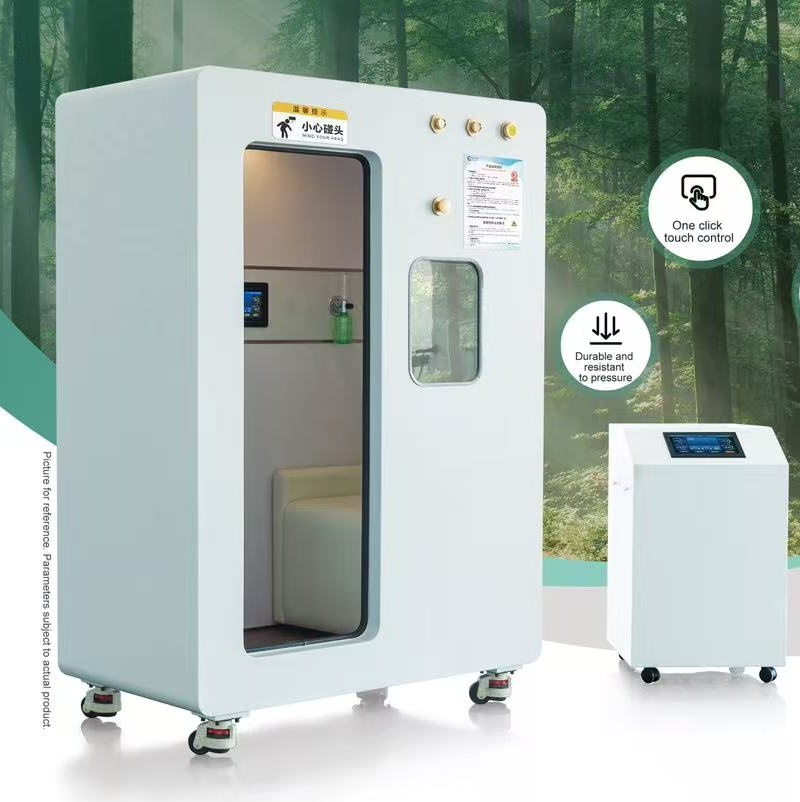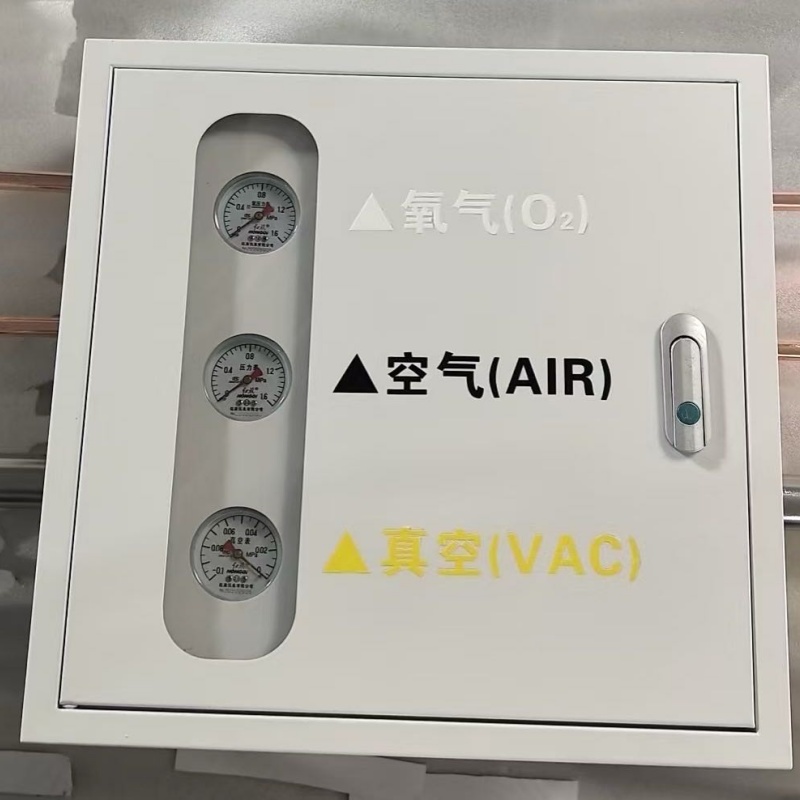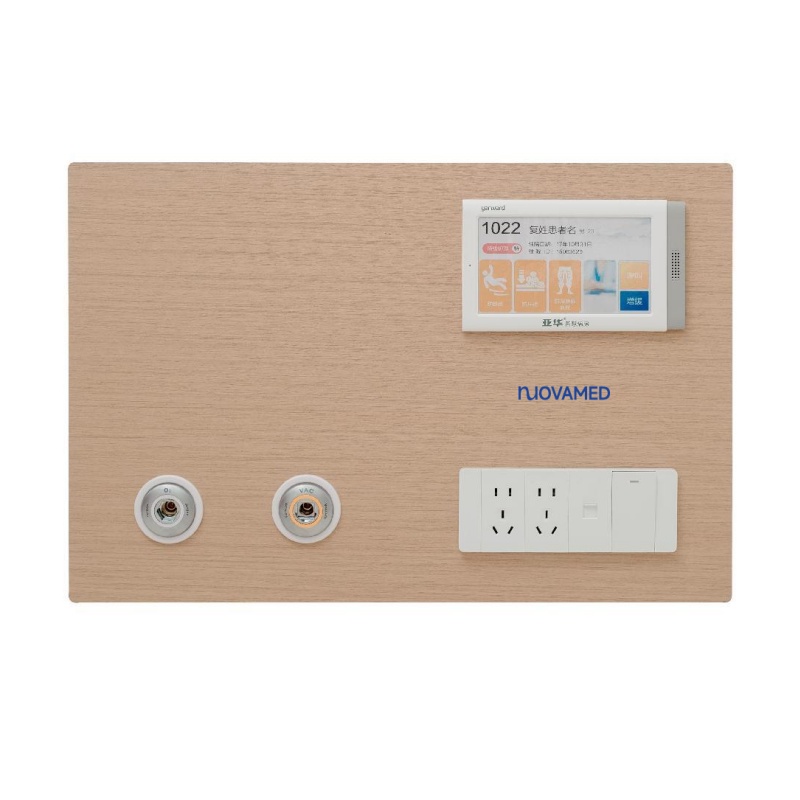1. What Are Hyperbaric Oxygen Chambers?
Hyperbaric oxygen (HBO) therapy involves breathing 100% oxygen in a sealed chamber where atmospheric pressure is 1.5–3 times higher than normal (sea-level pressure). This environment increases the partial pressure of oxygen in the blood and tissues: under 3 atmospheres, blood plasma can carry up to 20 times more oxygen than usual (compared to 21% oxygen in normal air), even without red blood cells.
2. Proven Efficacy: Evidence-Supported Uses
HBO therapy is recognized by major medical bodies (e.g., the Undersea and Hyperbaric Medical Society, UHMS) as a first-line or adjunctive treatment for specific conditions, supported by randomized controlled trials (RCTs) and clinical data:
a. Decompression Sickness (DCS)
- Mechanism: High pressure forces nitrogen bubbles (formed when divers ascend too quickly) to dissolve back into the blood, preventing tissue damage.
- Evidence: The gold-standard treatment for DCS; without HBO, severe cases (e.g., spinal cord injury) often lead to permanent disability.
b. Carbon Monoxide (CO) Poisoning
- Mechanism: HBO accelerates the displacement of CO from hemoglobin (CO binds 200x more tightly than oxygen) and reduces brain damage from oxidative stress.
- Evidence: RCTs show HBO reduces long-term neurological sequelae (e.g., memory loss, depression) compared to standard oxygen therapy, especially in severe cases.
c. Non-Healing Wounds
- Conditions: Diabetic foot ulcers, radiation-induced tissue damage, and arterial insufficiency ulcers (where blood flow is impaired).
- Mechanism: Increased tissue oxygenation stimulates collagen production, fights infection, and promotes angiogenesis (new blood vessel growth).
- Evidence: The U.S. FDA approves HBO for these wounds; meta-analyses show it increases healing rates by 30–50% in non-responsive cases.
d. Other Evidence-Based Indications
- Acute traumatic ischemia (e.g., crushed limbs with compromised blood flow)
- Necrotizing fasciitis (severe bacterial skin infection)
- Air or gas embolism (bubbles blocking blood vessels)
3. Limitations and Misconceptions
HBO therapy is not a panacea—its efficacy depends on strict adherence to medical guidelines. Common misconceptions include:
a. “It cures cancer”
- No evidence supports HBO as a cancer treatment. While it may reduce radiation-induced tissue damage (a side effect of cancer therapy), it does not kill cancer cells and can even interfere with some chemotherapy drugs.
b. “It reverses aging or boosts athletic performance”
- Claims of anti-aging (e.g., reducing wrinkles) or enhancing endurance lack scientific basis. Studies show no long-term benefits for healthy individuals; short-term oxygen boosts do not improve athletic performance beyond normal training.
c. “It works for all chronic diseases”
- HBO is ineffective for conditions like Alzheimer’s, autism, or chronic fatigue syndrome. The UHMS explicitly rejects these off-label uses due to insufficient evidence.
4. Safety Considerations
When administered by trained professionals, HBO is safe, but risks exist:
- Oxygen toxicity: Seizures or lung damage if oxygen levels are too high (rare with controlled pressure).
- Barotrauma: Ear or sinus pain (like airplane pressure changes) or lung injury from rapid pressure changes.
- Fire hazard: 100% oxygen is highly flammable—no ignition sources (e.g., lighters, electronics) are allowed in the chamber.
Conclusion
Hyperbaric oxygen chambers do work for specific, evidence-based conditions (e.g., DCS, CO poisoning, non-healing wounds) when used under medical supervision. Their efficacy is rooted in well-understood physiological mechanisms, and they remain a critical tool in emergency and wound care. However, their use for unproven purposes (e.g., anti-aging, cancer treatment) is unsupported and potentially risky. For any condition, HBO should only be prescribed by a hyperbaric medicine specialist after a thorough evaluation.



